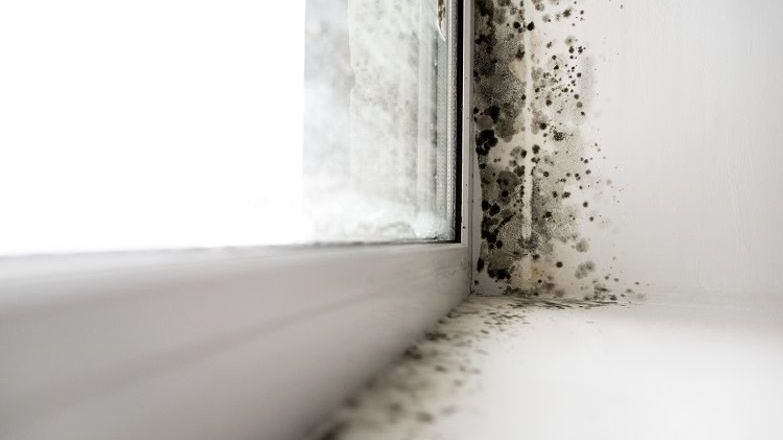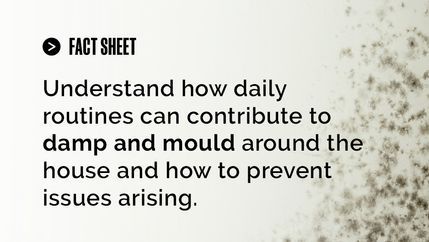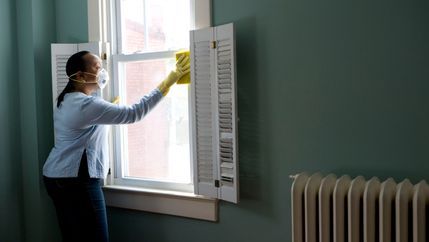
The Committee are looking at the causes, the existing legislative framework in Scotland and the Scottish Government’s plans for a new housing standard.
Our evidence was given alongside the Scottish Association of Landlords, Association of Local Authority Chief Housing Officers and Carolyn Lochhead, Director of External Affairs, Scottish Federation of Housing Associations.
Repairing Standard
Homes in all tenures should meet the Tolerable Standard meaning that they must be substantially free from rising and penetrating damp. This is enforced by local authorities. Private landlords must ensure their homes meet the Repairing Standard (which includes the Tolerable standard).
The Repairing Standard was updated in March 2019 to clarify existing legislation and to introduce new elements. Landlords have been given five years to carry out work to bring housing up to meet these new elements with a statutory deadline of 1 March 2024. The Scottish Government has published new guidance on the Repairing Standard including advice on dampness.
If tenants think that their landlord has not met the Repairing Standard, they can apply to the First-tier Tribunal for Scotland Housing and Property Chamber. Local authorities can also make an application to the Tribunal.
New Housing Standard
The Scottish Government set plans for a new Housing Standard in its Housing 2040 document with the aim of moving towards tenure-neutral housing standards across all homes both new and existing. A consultation is expected with the new Standard aligning with the proposed regulatory standards for energy efficiency and heating.
Evidence
In its evidence to the committee, Propertymark said that whilst the full extent of how many homes is affected by damp and mould is unclear, letting agents recognise the seriousness of the issue, and the first signs of damp and mould should be tackled quickly.
The experience of agents shows that damp and mould can come from a combination of different factors. These include the fabric of the building, the impact of how the property has been lived in, ventilation in rooms and throughout the property as well as poor insulation.
Letting agents play a key role in assessing property before taking on landlords and when fully managing property will carry out pre-inspections, a property inventory, ongoing checks throughout the tenancy and work with experts to resolve damp and mould issues should they arise.
A new housing standard could create the opportunity for a level playing field but MSPs and the Scottish Government need to understand the immense strain local authorities are facing when delivering their current duties regarding existing standards. Sufficient resources and commitment will be required to ensure consistent and regular enforcement of the new Housing Standard.
Fact sheet: Damp, condensation and mould in residential property
Tenants, letting agents and landlords all need to contribute to preventative measures to reduce the impact on living conditions and properties. Taking reasonable steps to tackle damp and mould is not only about looking after your health, it is your responsibility as a tenant.





